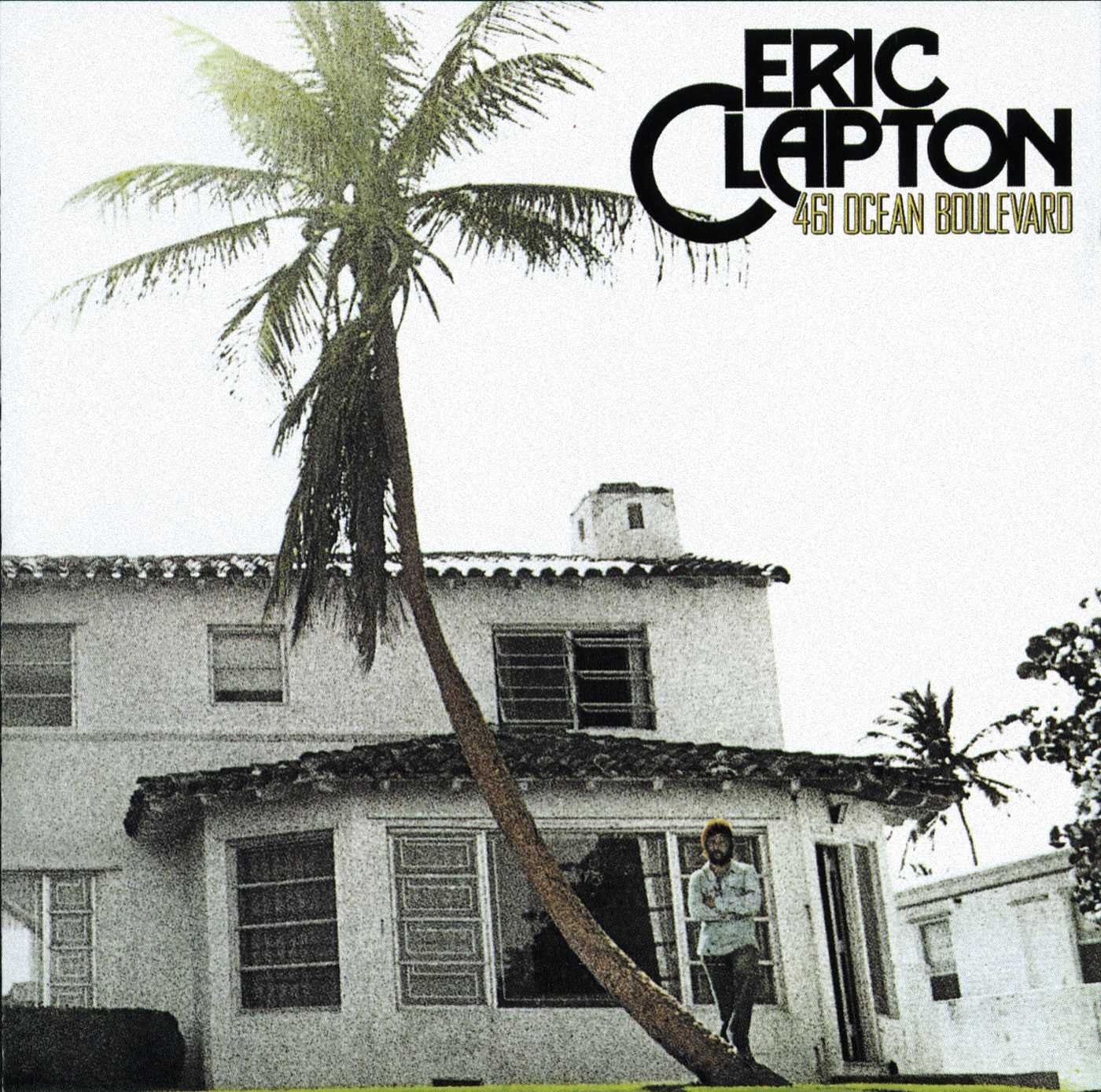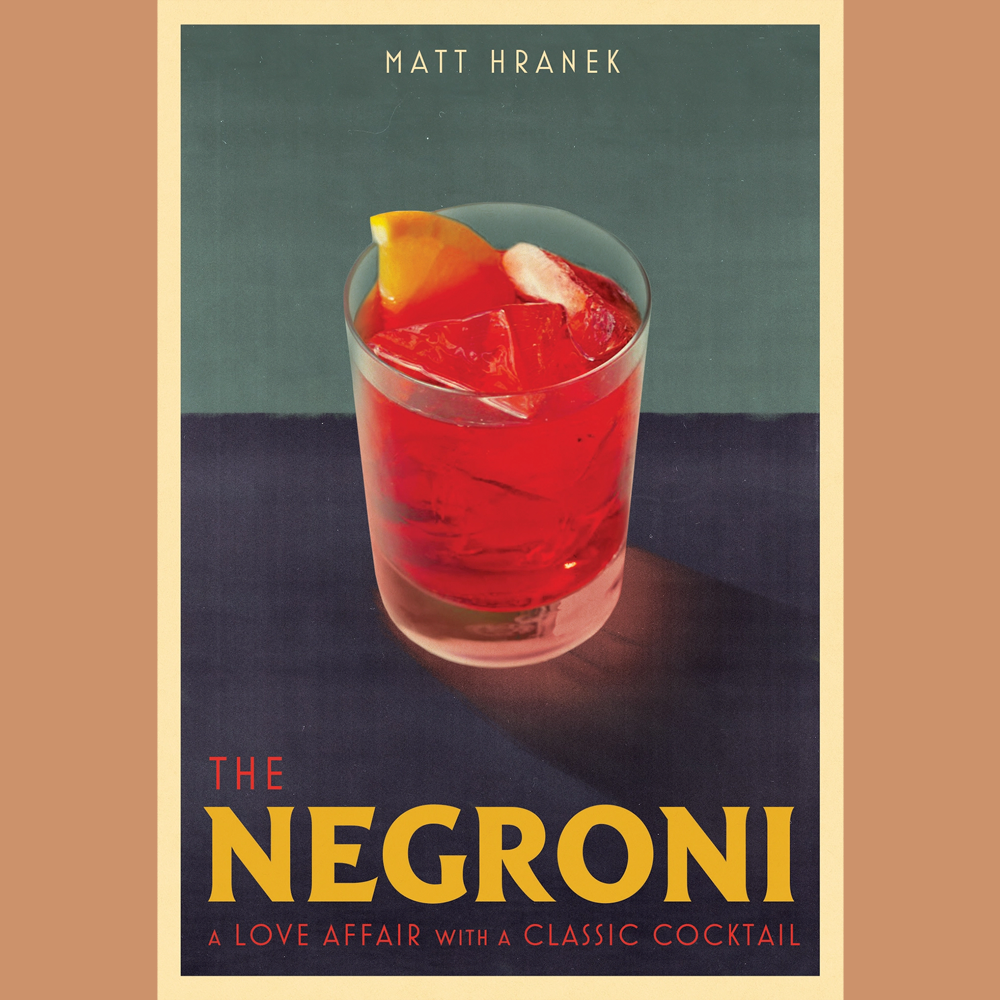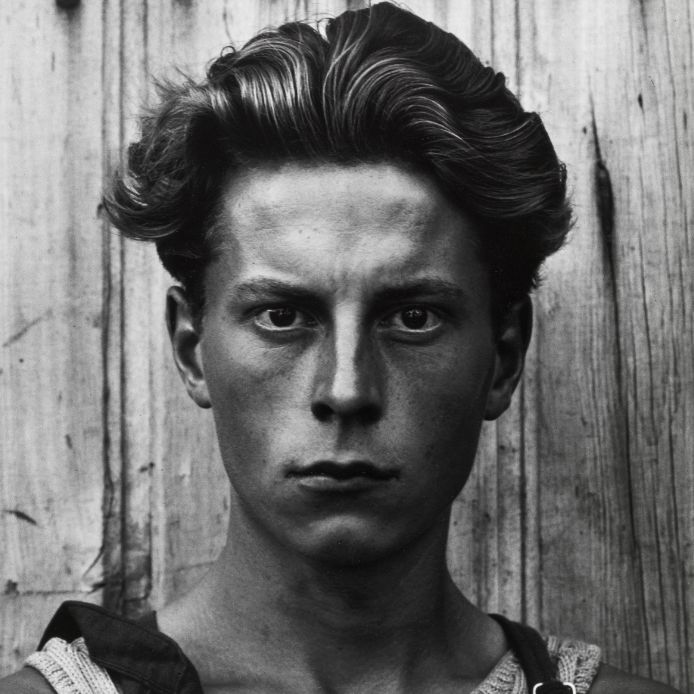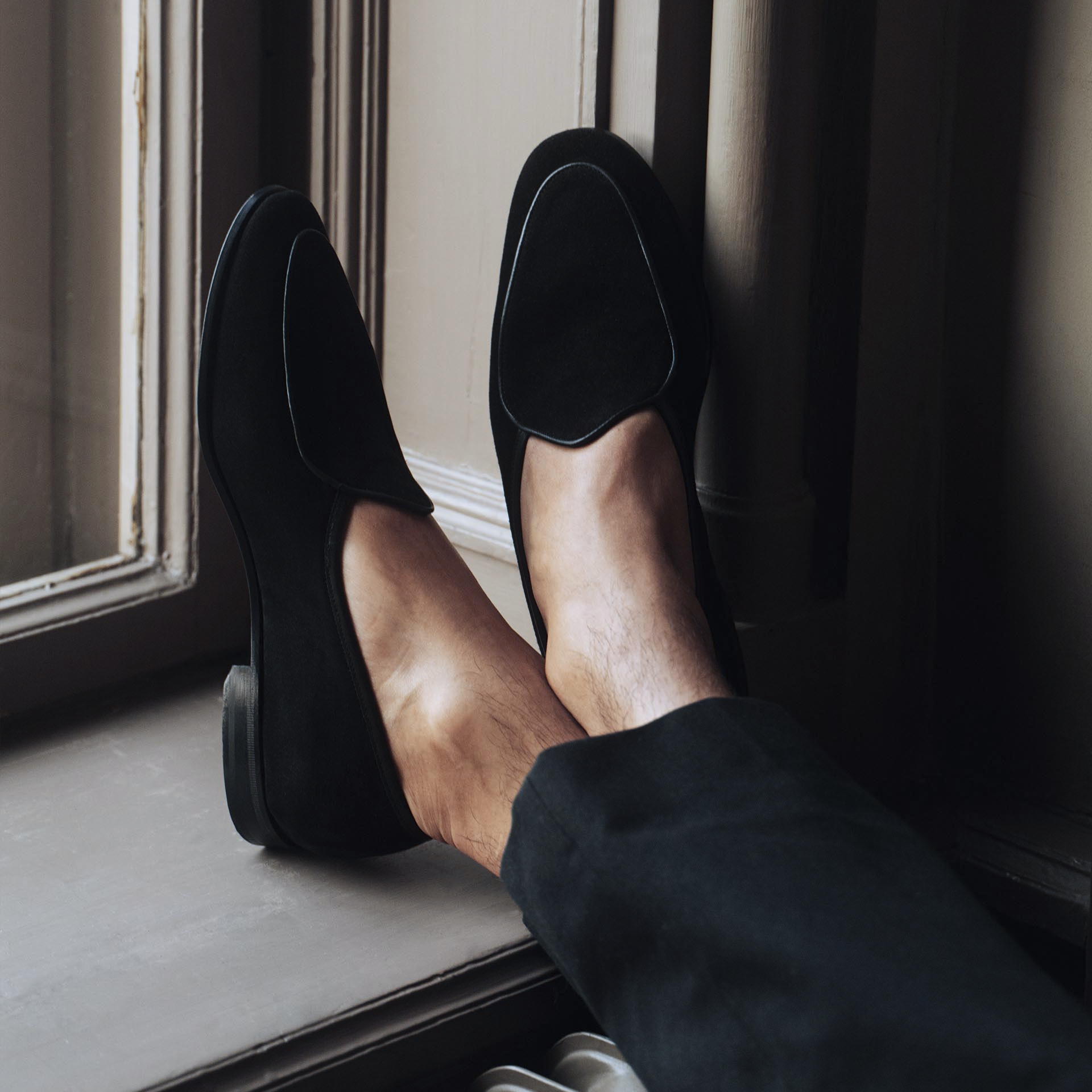
THE RECORD
461 OCEAN BOULEVARD /
Eric Clapton (1974)
Perhaps the best way to describe Eric Clapton in July 1974 as he prepared to unveil this solo LP, was as a "wanted man". After laying low for the better part of three years while struggling with substance abuse, Clapton was sought after by his fellow musicians, by the countless fans of his prior exploits (the Yardbirds, John Mayall's Bluesbreakers, Cream, Blind Faith and the short lived Derek & the Dominos) and by the savvy music industry suits, who knew they were dealing with a golden goose.
But rather than reemerging as the famed blues purist, or even the psychedelic warrior of old, Clapton's new work trafficked in mellow, coming back to the « origin of his work » as he would explain later, as a story-teller and a songwriter. In 461 Ocean Boulevard, the focus is on the message and the melodies, without the need to display his long-proven-virtuosity on the guitar. An extremely tasteful come-back, proving one more time, as Miles Davis would put it, that « there’s no need to play all the notes, only the good ones »…

THE BOOK
THE NEGRONI: A LOVE AFFAIR WITH A CLASSIC COCKTAIL /
Matthew Hranek (2021)
A century ago, a cocktail achieved perfection when, according to legend, Count Camillo Negroni asked his bartender in Florence to stiffen an Americano by replacing the soda water with gin. A genius move. Since then, the world never really looked back.
Obviously, we are well aware that the excess surrounding the Christmas holiday is supposed to be long gone, but again so is « dry-Jan ». This love letter, written by Matthew Hranek to the Negroni is just as enjoyable to read as it is pleasant to look at. But more importantly, it is filled with many anecdotes, addresses, and proven twists around the original 1:1:1 recipe.
If we certainly do not encourage trying them all over the course of a single weekend, we could not recommend it enough to all of us either in search of the perfect Negroni or currently fine-tuning their own twist.
It would be a shame not to benefit from Mr Hranek's extensive Negroni experience...

THE EXHIBITION
PAUL STRAND, THE BALANCE OF FORCES /
Fondation Henri Cartier-Bresson
(February 14 - April 23, 2023)
While Paul Strand (1890‐1976) is often celebrated as the pioneer of straight photography, this exhibition at the Fondation Henri Cartier-Bresson addresses the deeply political dimension of his work.
Heir to two great traditions in photography, often presented as opposed, he had both a formalist approach that sought to prove photography as an art and a social approach, which saw photography as more of a documentary instrument serving political ends.
If Paul Strand often stands among the 20th century’s most influential photographers, it is precisely because he knew how to offer a balance between the two.
From early 20th century America to Egypt, Mexico, Morocco, Sicily, and rural France, Strand sublimates the often difficult daily life of those who rarely speak. His famous photograph of this young, angry french man in 1951 is probably one of the finest examples.
Fondation Henri Cartier Bresson
79 rue des Archives - Paris 3ème

THE SHOE
THE BELGIAN LOAFER /
(1950's)
When it comes to both comfort and style, we tend to firmly believe that slip-ons are hard to beat, really. From Alden’s tassels to Weston’s iconic 180, loafers are both work and play and even come in a variety of classic styles that allows you to add flavors to your daily shoe game. A slightly lesser-known variant, more recently making a comeback, is the Belgian Loafer.
Designed in the ’50s by Henri Bendel, the Belgian Loafer is a hand-sewn, hand-turned loafer (hence its comfort), originally manufactured in Izegem, Belgium (hence its name). The slip-on became a favorite in the ’60s as comfort and class were definitely the themes of the day.
Its shape and construction are unmistakably clean and minimalist. If its traditional little bow clearly isn’t for everybody’s taste, know that different takes are available on this classic design. Some will see a pair of slippers, designed to be worn outside, and that pretty much is what they are. Probably what gives them this uniquely nonchalant European flair…
